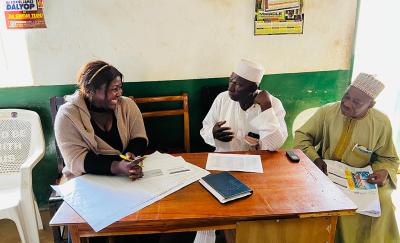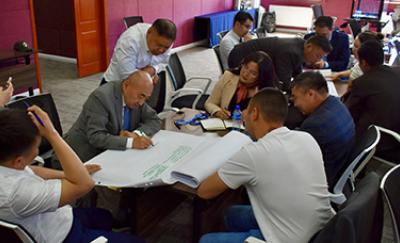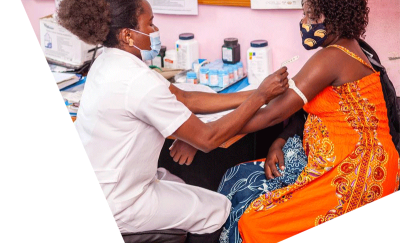Authors
Kelly Saldana, Abt Global [at the U.S. Agency for International Development (USAID) at publication]; Martin Alilio, Neetu Hariharan, Elizabeth Lugten, Kama Garrison, Wilberforce Owembabazi, Uwem Inyang, and Saad El-Din Hassan, USAID; Rhea Bright, Social Solutions International
The scale and severity of the global health and economic impacts placed tremendous pressure on health systems and created a catastrophic situation for millions of people in low- and middle-income countries (LMICs) worldwide. The response to the COVID-19 pandemic has shifted resources and attention toward tertiary care at the expense of other essential services. Many people living in LMICs no longer have consistent access to routine preventive health and treatment services.
Achieving strong, resilient health systems that can handle both health crises and basic needs requires a unified approach for health systems.
The authors propose three key approaches:
- Strengthen comprehensive district planning. To be successful, district planners must understand how various public health programs come together within their communities, the range of stakeholders who have a role to play in health efforts, and how local levels of government can use public and private funding and information systems to achieve their objectives.
- Support flexibility for district health systems so they can break the silos of vertical programs and take on new roles as circumstances warrant.
- Use the ongoing roll-out of COVID-19 interventions as an opportunity to address management, coordination, and integration challenges at the district level.



